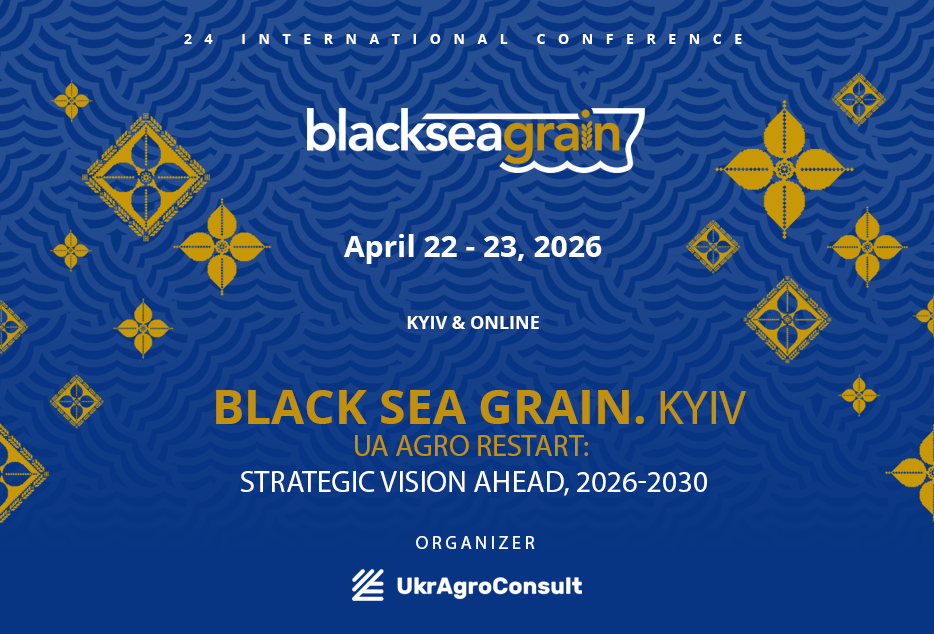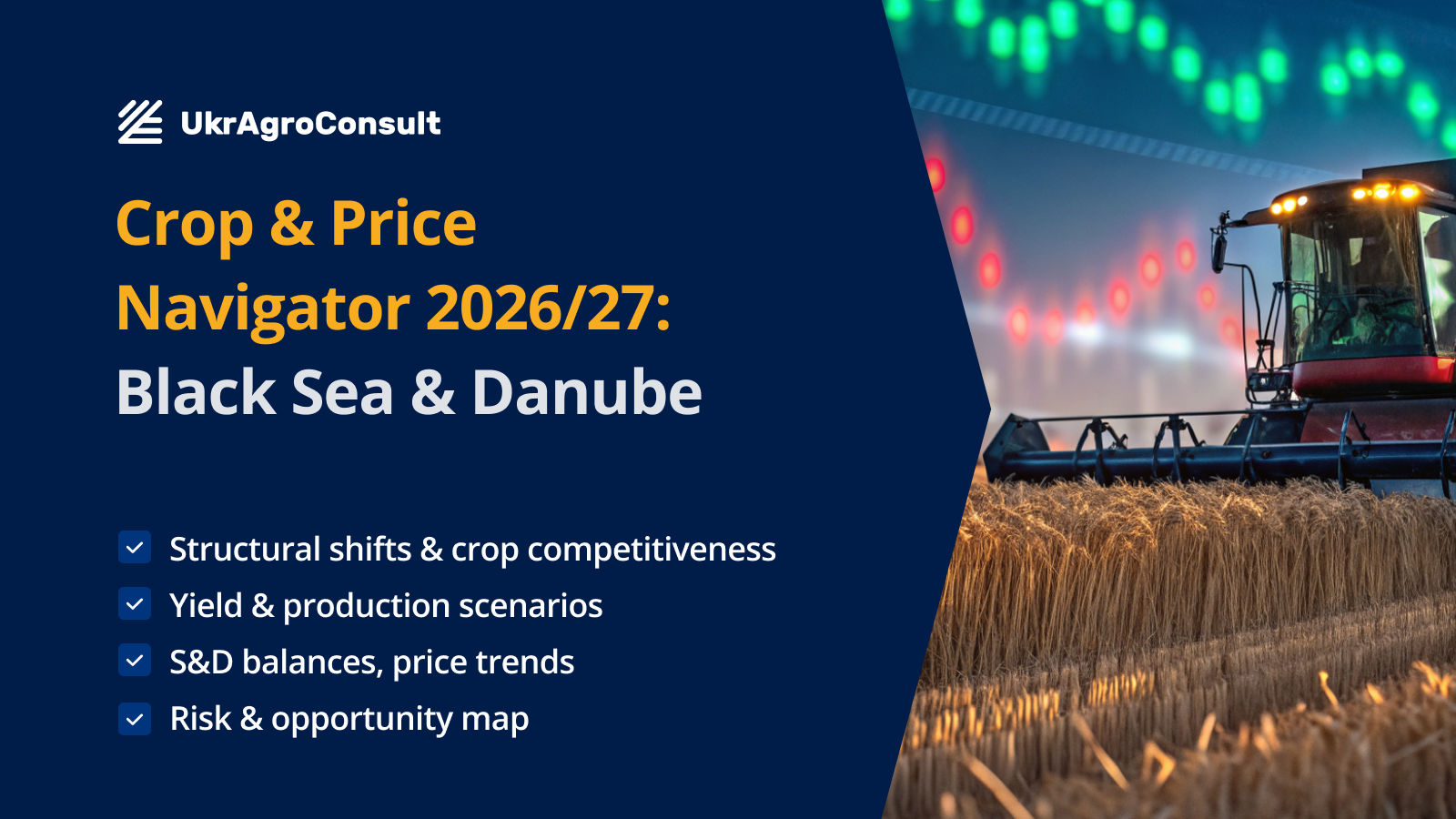Argentina. Market share is shortening, indicating a change in the market trend

Fewer animals in pens and lower slaughter volumes: data that is changing the situation in the livestock market in Argentina.
At the end of the third quarter of the year, animal deliveries destined for slaughter appear to be showing the first trend reversal. However, it is not yet possible to determine whether we are witnessing a genuine structural change heralding the beginning of a holding period, or whether this is merely a temporary decline caused by the high market volatility in recent weeks and, in this context, the uncertainty inherent in the pre-election situation.
The truth is that the expected rate of animal shipments to slaughterhouses has now been officially confirmed: 1,169,120 head of cattle were slaughtered in September. While in absolute terms this figure is practically identical to the number of animals slaughtered in August, when calculated daily (taking into account the number of working days in each month), it shows a significant decline: 8.3% compared to the previous month and 7.7% compared to the previous year.
Indeed, this is the sharpest year-on-year decline in the past year, and given its magnitude, it may well indicate the beginning of a trend reversal, although it is premature to confirm this.
At the same time, an analysis of feedlot activity over the past month also reveals a slight slowdown in deliveries. According to SENASA, as of October 1, the total cattle inventory was 1,915,612 head, a 3% decrease from the previous month. This marks the third consecutive month of herd depletion. Specifically, a total of 337,100 head of cattle arrived at feedlots over the past month, with 442,442 head finished, reflecting a replacement index of 0.76, very close to the August figure.
However, instead of consolidating the trend toward resource depletion, with expenditure levels tending to rise more rapidly or income decline more sharply, September saw a slight decline in both income and expenditure, which could be interpreted as a sign of a dead end in this process.
This year, the natural dynamics of pen filling and emptying are showing a lead of approximately one month, not only compared to last year’s curve but also to historical behavior.
Depending on the season, September and October are typically months with a high output of fattening animals from the pens, which then declines as the fattening phase progresses in November and December. This year, although September provided a significant influx of animals—approximately 442,000 head—it marked a downward trend compared to the average of 450,000 head recorded in the previous two months. This raises the question of whether the final quarter will follow the usual pattern.
Proposal for Growing
One variable that can undoubtedly influence the historical dynamics of animal slaughter in the final period of the year is the role of pasture finishing. As we observed throughout the year, there is a growing complementarity between pasture finishing and finishing animals in pens.
This year, of the 8.75 million calves that left nurseries by September, only 23% went directly to feedlots, compared to 24.5% and 25% in the previous two years. The rest were sent to other pastures by default.
However, at the same time, there has been a significant increase in the share of animals finished in feedlots within the slaughterhouse, which has been observed since last year. From January to September, the share of feedlots in total slaughter volume increased from 33-34% in previous years to 36-37% over the past two years. Moreover, this share continued to grow in the final two months of this year, reaching 38-40% of the total.
Of the 8.75 million calves that left nurseries by September, only 23% went directly to feedlots, compared to 24.5% and 25% in the previous two years.
In particular, if farms are indeed keeping more animals in pasture-based systems, this could well become a supply channel for feedlots, allowing them to extend their operating period and ensure more stable supplies in the coming months.
If this were the case, then, beyond the temporary situation that may have impacted activity in September (and which may still impact October), we would begin to see a structural shift in production dynamics. This change would not only at least partially stabilize supply curves but also—in principle—allow for a transition to the production of heavier animals over time in a much more efficient and sustainable manner.
Although this hypothesis is still in its early stages of development, its first confirmation comes from recently published slaughter and production data, which show that even with a small reduction in slaughter volumes, the overall meat supply on the market can be maintained – and even increased.
Read also
Merry Christmas and Happy New Year!
Bangladesh to purchase rice, edible oil and lentils to stabilize prices ahead of R...
Ukraine does not claim the money received by Polish or Hungarian farmers – K...
Algeria purchased half a mln tons of durum wheat
Ban on Chinese drones raises concerns among US soybean farmers
Write to us
Our manager will contact you soon



